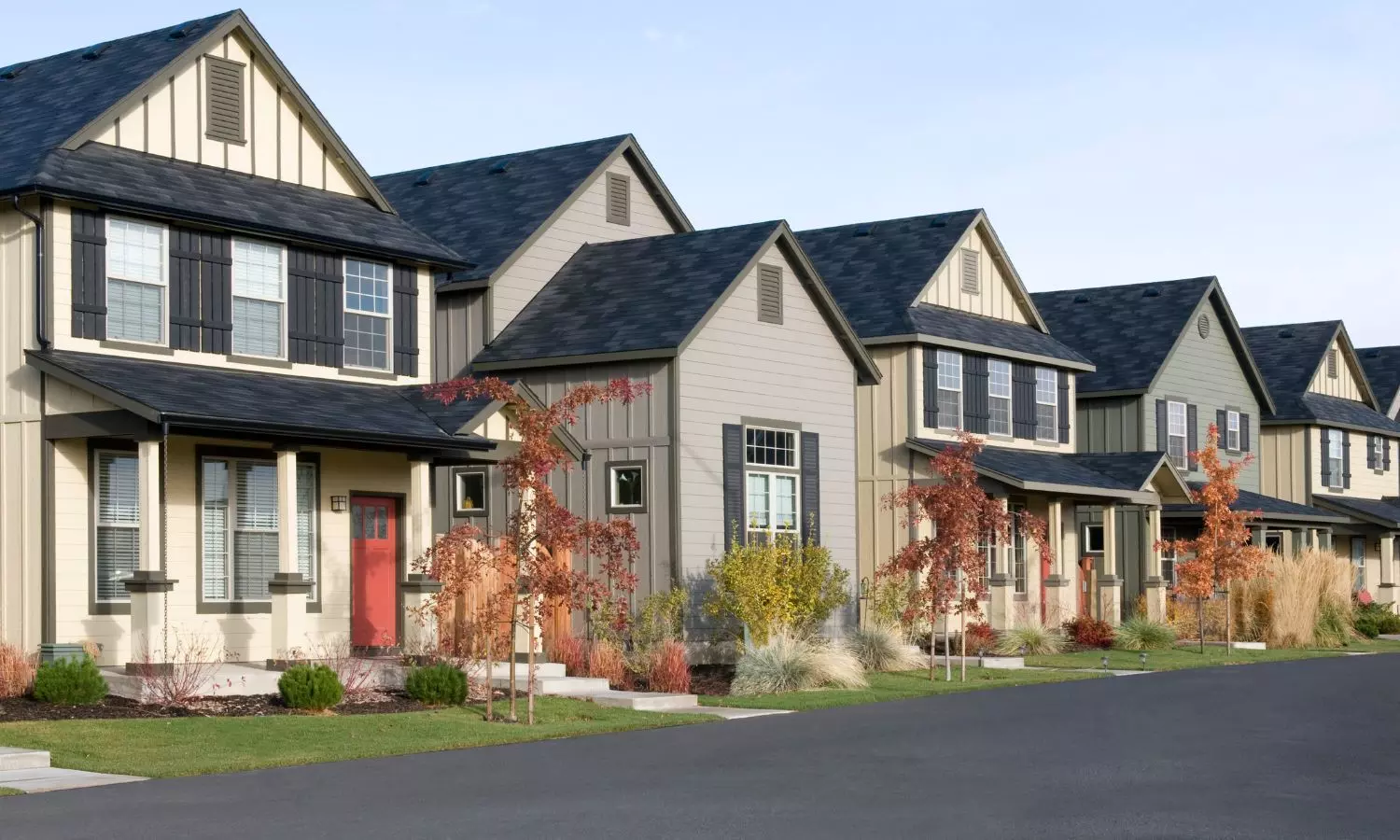India’s Affordable Housing Market to Reach ₹67 Trillion by 2030: Knight Frank Report
India’s affordable housing sector faces a shortage of 31.2 million units by 2030 despite a ₹67 trillion market opportunity, says Knight Frank. Experts stress redefining affordability, policy reforms, and sustainable urban development to achieve ‘Housing for All’.
India’s Affordable Housing Market to Reach ₹67 Trillion by 2030: Knight Frank Report

Mumbai, Aug 24
The recent Knight Frank report serves to highlight; affordable housing is a national imperative and an enormous market opportunity. Demand for quality, affordable residences in 2030 is likely to be 31.2 million units short, and the need for affordable housing has never been more pressing. The market opportunity, ₹67 trillion in 2030, is an unprecedented run rate of growth for those developers who can deliver value-led homes.
Talking to Bizz Buzz, Abhishek Raj, Founder & CEO of Jenika Ventures says, “The word 'affordable' will need to be redefined for current conditions, taking into account the rising cost of building, connectivity of the city, and total cost of ownership.”
Priorities must shift toward providing housing that will be affordable as well as quality so that middle-class households and first-time homebuyers are able to appreciate well-connected, contemporary neighbourhood, he said.
Policy measures like quicker clearances, credit-linked subsidies, and new mechanisms of financing can empower homebuyers as well as developers. Aligning business goals with the country's vision of 'Housing for All' can fill the affordability-aspiration gap. Housing for all is not only about affordable prices; it is about building sustainable, humane, and future-proof neighbourhoods that contribute to the social and economic fabric of our cities.
The Knight Frank report explains that India's affordable housing sector is standing at the crossroads. On the one side, it has a record market potential of ₹67 trillion by 2030 and three times the volume of funding; on the other side, cyclical supply deficiencies, rising land costs, and shifting developer interest towards high-end and luxury developments threaten to swell the housing shortage. For this, we need a structural transformation, starting with the reconsideration of RBI's definition of affordable housing, which is outdated and at variance with current market rates and city realities.
Shorab Upadhyay managing director, TRG Group says, “Despite the decline in affordable housing sales, interest rate cuts have improved overall housing affordability, especially in cities like Ahmedabad, Pune, and Kolkata.”
Policy clarification and fiscal incentives can release the participation of the developers, especially the smaller ones, who are typically stumped by high-cost borrowing and convoluted clearances. No less critical is unlocking solutions to incorporate rental, co-living, and other new forms addressing shifting urban needs. The current spurt of affordability fueled by falling interest rates is a blessing, but it can only be maintained through concerted effort by policymakers, developers, and lenders. Affordable housing is not only a business proposition; it is an essential component of equitable urban growth and durable economic prosperity.
EoM.

